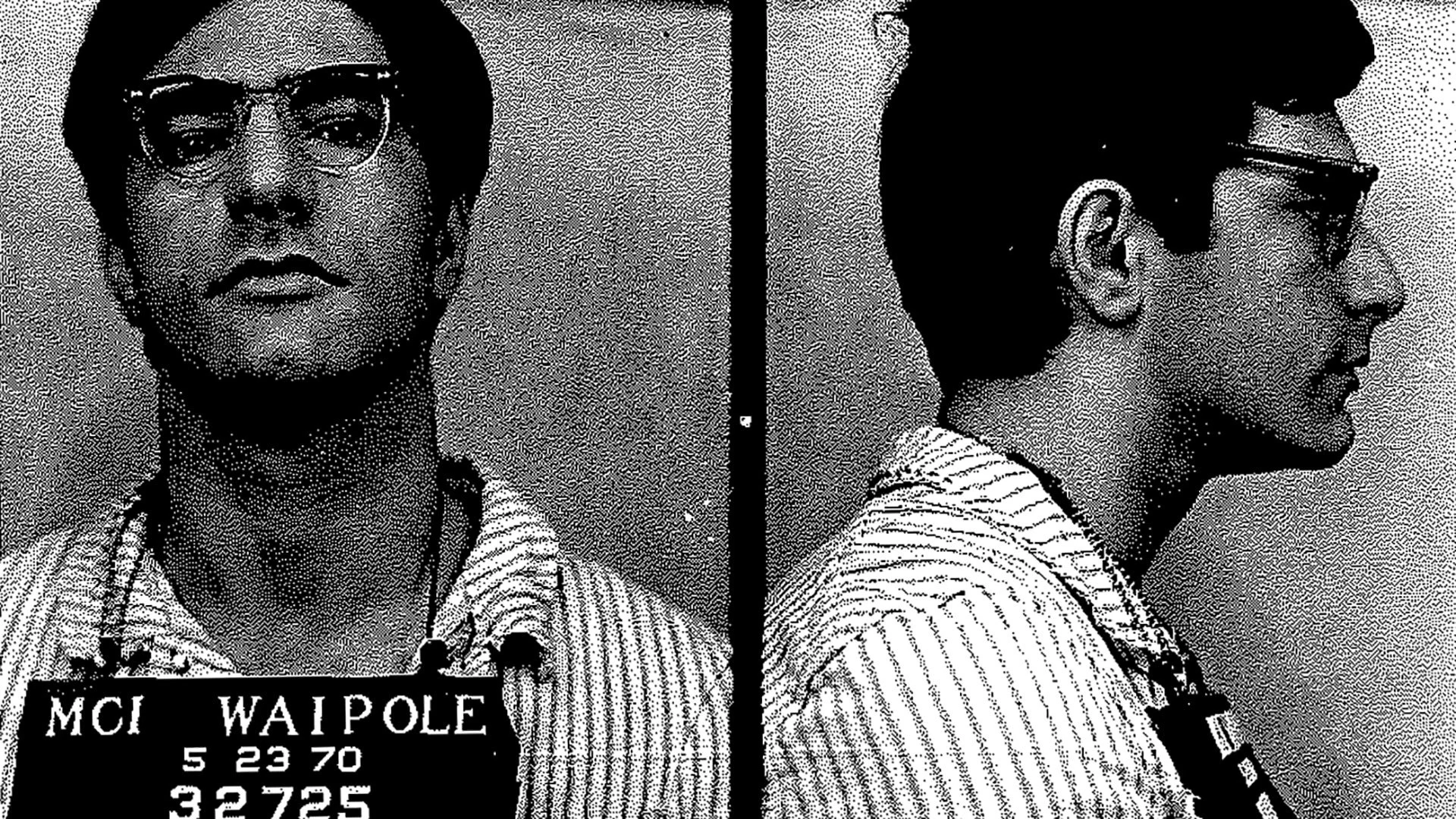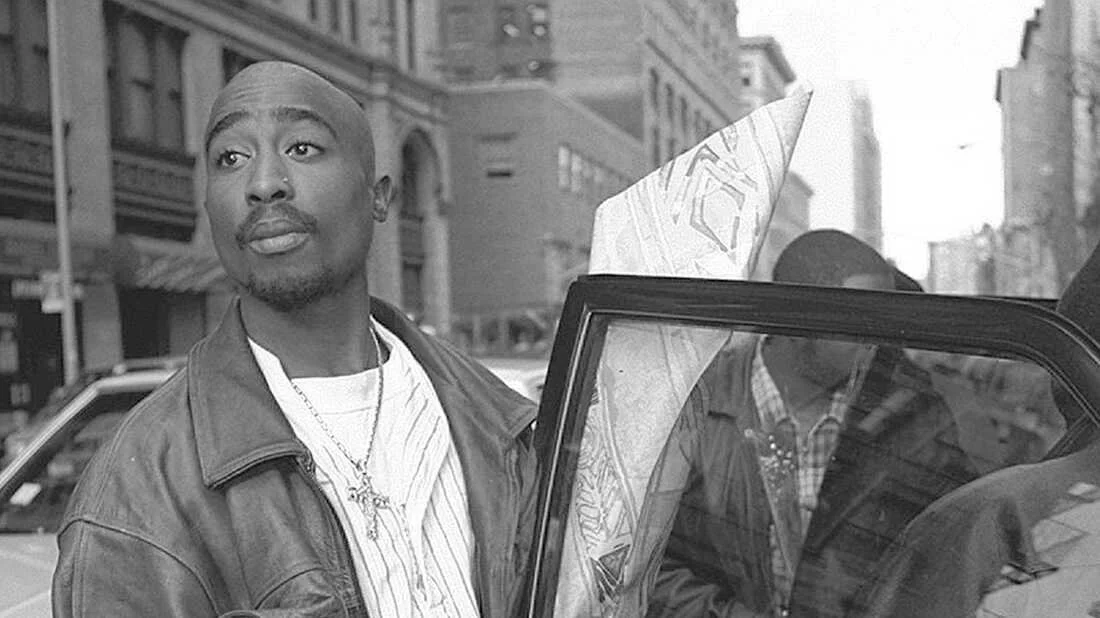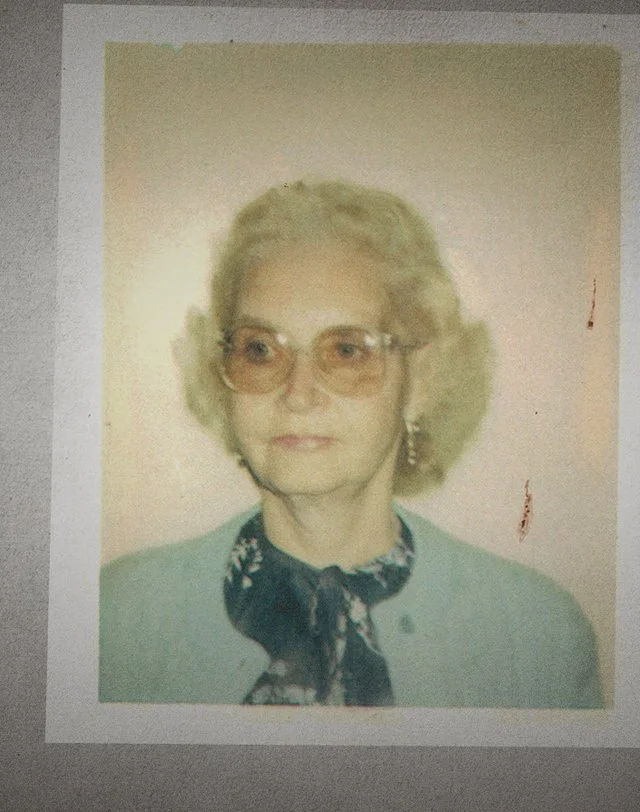The true story of the Cape Cod Vampire
The most surprising thing about serial killers is just how many of them there have been. This is due, in part, to its technical definition: While we might think of "serial killers" as having dozens and dozens of victims, Britannica tells us all you need is two.
The so-called "Golden Age of Serial Murder" lasted from 1970 to 1999. About 80% of all known serial killers operated during that period. Which makes Antone Charles Costa, usually known as Tony, ahead of his time: He killed at least two and probably eight women between 1966 and 1969. The circumstances of their deaths were strange, and fake news generated around his arrest made those circumstances seem even worse than they were. As a result he earned several colorful nicknames, like "Chop Chop" or "The Cape Cod Casanova." But the name that really stuck was most horrifying of all: "The Cape Cod Vampire."
Costa's life and crimes continue to fascinate. Mixing the counterculture of the 1960s, drug culture, and a handsome, charismatic young man, it's a story that lends itself to myth-making. You can't help but wonder how a man so obviously disturbed was able to operate so freely in a tight-knit community and get away with his crimes for so long. Here is the crazy true story of the Cape Cod Vampire, Tony Costa.
THE CAPE COD VAMPIRE LEFT BITE MARKS ON HIS VICTIMS
Between 1966 and 1969, Tony Costa killed as many as eight women in separate incidents in different locations. But it was his final group of victims that made him famous—and earned him the nickname "The Cape Cod Vampire."
As reported by The New York Post, the Cape Cod Vampire murders involved the idyllic small towns of Provincetown and nearby Truro, Massachusetts. Normally sleepy, safe places, the discovery of several dismembered bodies in the woods near Truro was incredibly shocking. According to Boston.com, when it was explicitly stated that the bodies had teeth marks on them — implying that the murderer had bitten the victims — the media almost immediately came up with the vampire nickname, and it stuck.
The victims had been subjected to incredible brutality. Some were shot, and all had been cut into pieces, with their heads removed along with some of their organs. The bodies were then buried near a garden of sorts that Provincetown native Tony Costa maintained. According to Murderpedia, as a result of the sensationalist media coverage the garden became an instant tourist attraction. One local cop was quoted as saying "The press is bad, but the tourists are even worse."
THE CAPE COD VAMPIRE WAS A VERY CONVINCING LIAR
One of the most remarkable aspects of Tony Costa's serial killer career was how he evaded suspicion for so long despite being pretty obviously linked to the victims. First, as reported by The Lineup, Costa was driving to California when he picked up two women — Bonnie Williams and Diane Federoff — and offered to take them to Pennsylvania on his way. The women never arrived at their destination. Costa was questioned about their disappearance and told police he'd taken the two women all the way to California and dropped them off. Unable to prove otherwise, the police went no further in their investigation of Costa.
In May 1968, according to The New York Post, a woman named Sydney Monzon was seen getting into Costa's car shortly before she vanished. When questioned, Costa claimed Monzon had simply run away to Europe. A few months later, a woman named Susan Perry, who was seen in Costa's company many times, also vanished. Again, when questioned, Costa told police that Perry had run away to Mexico.
Costa's stories were believable because of the rising hippie and drug culture of the late 1960s. Teenage runaways were a common occurrence, so the claims were plausible. The two women Costa supposedly drove to California were never officially found, but the bodies of both Perry and Monzon were found in 1969, brutally murdered and buried in the woods outside Truro, Massachusetts.
COSTA WAS A BRUTAL MURDERER
What set the Cape Cod Vampire apart from other serial killers was his brutality. Unlike a serial killer like the Son of Sam, Costa didn't kill from a distance with a gun. He got up close and personal, and the horror didn't end with the victim's death.
The Lineup reports that four bodies were found near Truro, Massachusetts in 1969. The first body was a woman named Susan Perry, which had been cut into eight separate pieces before burial. A month later, the police found a head and torso of Mary Anne Wysocki and the bodies of Patricia Walsh and Sydney Monzon. Walsh and Monzon had been shot in the head, but Costa had then dismembered them and cut them up badly with a knife.
According to CapeCod.com, after shooting them Costa took his victims to the Pine Grove Cemetery in Truro and used an ancient brick crypt to cut up the bodies in private. Then he would transport the remains to the unofficial garden he tended in the woods for a quick burial. According to Murderpedia, the body parts displayed bite marks and other post-mortem violations.
THERE WAS A LOT OF MISINFORMATION ABOUT THE CAPE COD VAMPIRE
When a community discovers a serial killer in its midst, panic and terror are pretty reasonable responses. It's usually up to the authorities to reassure citizens that the situation is under control and to ensure that accurate information is given out. When the victims of the Cape Cod Vampire were discovered it was a shocking scene. According to The Lineup, the bodies had been cut up and the pieces buried separately. As a result, there was already a bit of a media circus going on when District Attorney Edmund Dinis (pictured) addressed reporters—and made everything worse by making up most of the information he gave out.
As noted by author Sam Baltrusis, Dinis told everyone that the hearts of each woman had been removed and could not be located, that a strange "razor-like" cutting device had been found near the burial sites, teeth marks had been found on the body parts, and that the bodies had been cut into "as many parts as there are joints." Then Murderpedia reports that when a reporter seized on the bite marks and asked if the killer was "a Cape Cod Vampire," Dinis inexplicably said yes.
The only problem? Most of that was untrue or exaggerated. Whatever Dinis intended to do, what he actually did was create a media frenzy surrounding the case.
HIS 'GARDEN' WAS A CANNABIS FARM
Tony Costa was a product of the 1960s counterculture, so the fact that he was an enthusiastic amateur cannabis farmer isn't too surprising. But his enthusiasm for home-grown weed led to his downfall.
As reported by The Cape Cod Times, when Patricia Walsh and Mary Ann Wysocki went missing in 1969, Tony Costa was immediately a person of interest. The two women had lived in the same guest house as Costa, and as Murderpedia explains, Costa was already a suspect in the earlier disappearance of two other local women, Susan Perry and Sydney Monzon.
While searching for Walsh and Wysocki, police discovered the dismembered body of Susan Perry, which kicked the investigation into high gear. A month later, the remains of Walsh and Wysocki were found buried in the woods outside Truro. According to authors Liza Rodman and Jennifer Jordan, Costa referred to this spot as his "secret garden" and used it to grow marijuana plants. Costa also used the site to bury a stash of drugs he'd stolen from a doctor's office a few years earlier, and frequently brought women there to take drugs. Once the police learned that the "garden" had been created by Costa, they had the connection they needed. He was immediately arrested on suspicion of murder.






